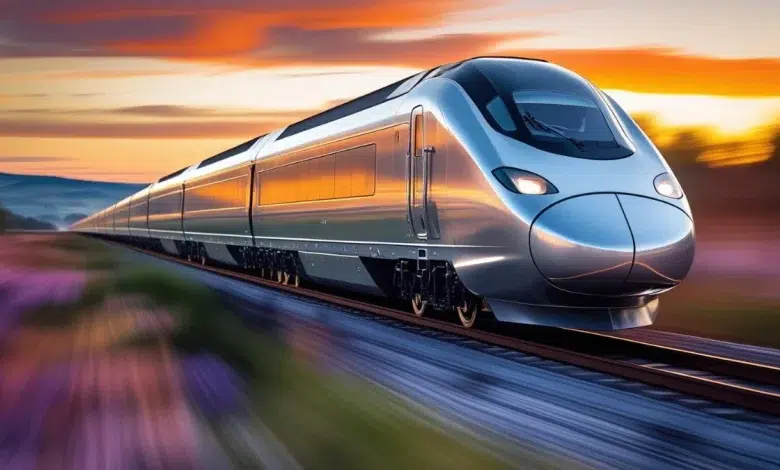Bullet Train from Gauteng to Limpopo: A New Era of High-Speed Travel

South Africa is on the brink of a transportation revolution with plans underway for a bullet train connecting Gauteng and Limpopo. This ambitious project promises to transform travel between the economic hub of Gauteng and the scenic, resource-rich province of Limpopo, offering faster, safer, and more efficient rail transport.
ALSO READ: Why Gautrain Is the Best Public Transport Option for Gauteng Commuters
The Vision Behind the Bullet Train
The Gauteng-to-Limpopo bullet train is part of South Africa’s broader strategy to modernise its transport infrastructure and stimulate regional economic growth. This high-speed rail link aims to reduce travel time drastically, enhance connectivity, and support tourism and trade between the two provinces.
Currently, road travel between Johannesburg (Gauteng) and Polokwane (Limpopo’s capital) takes approximately 4 to 5 hours by car. The bullet train will cut this journey to under 90 minutes, making daily commuting and business travel more feasible and attractive.
Project Details and Route
The proposed rail line will stretch approximately 400 kilometres, linking key urban centres and economic nodes along the route. Planners have scheduled major stops in Johannesburg, Pretoria, Mokopane, and Polokwane, with potential extensions to other Limpopo towns in the future.
The train will operate at speeds exceeding 300 km/h, utilising advanced technology to ensure smooth, safe, and energy-efficient travel. The project is expected to incorporate:
- State-of-the-art rail infrastructure
- Modern stations with passenger amenities
- Integrated ticketing systems linked to Gauteng’s existing public transport
Economic and Social Benefits
The bullet train project is poised to deliver significant benefits:
- Job creation: Thousands of jobs during construction and operation phases.
- Economic growth: Enhanced trade and tourism opportunities between Gauteng and Limpopo.
- Environmental impact: Reduced road congestion and lower carbon emissions compared to car and bus travel.
- Accessibility: Improved access to education, healthcare, and employment for communities along the route.
Current Status and Timeline
As of mid-2025, feasibility studies and environmental impact assessments are underway. The Gauteng and Limpopo provincial governments, in partnership with the national Department of Transport and private investors, are collaborating to secure funding and finalise technical plans.
Construction is expected to begin by late 2026, with the first operational trains projected to run by 2030. This timeline aligns with South Africa’s National Infrastructure Plan, which prioritises transport modernisation.
Challenges and Considerations
While the project generates excitement, it also faces challenges:
- Funding: Securing sufficient investment and managing costs effectively.
- Land acquisition: Negotiating with landowners and communities along the route.
- Technical expertise: Building capacity for high-speed rail technology locally.
- Maintenance: Ensuring long-term sustainability and safety.
What This Means for South Africans
The Gauteng-to-Limpopo bullet train represents a leap forward in South Africa’s transport landscape. It offers a glimpse of a future where high-speed rail connects major provinces, boosts economic integration, and improves quality of life.
For daily commuters, tourists, and businesses, this project promises faster, more reliable travel and new opportunities. It also positions South Africa as a leader in African rail innovation.
The Future of Travel
The bullet train from Gauteng to Limpopo is an exciting development that could reshape travel and economic dynamics in the region. With its potential to cut travel times, create jobs, and promote sustainable transport, this project is a beacon of progress for South Africa’s infrastructure future.
Stay tuned for updates as this transformative initiative moves closer to becoming reality.



